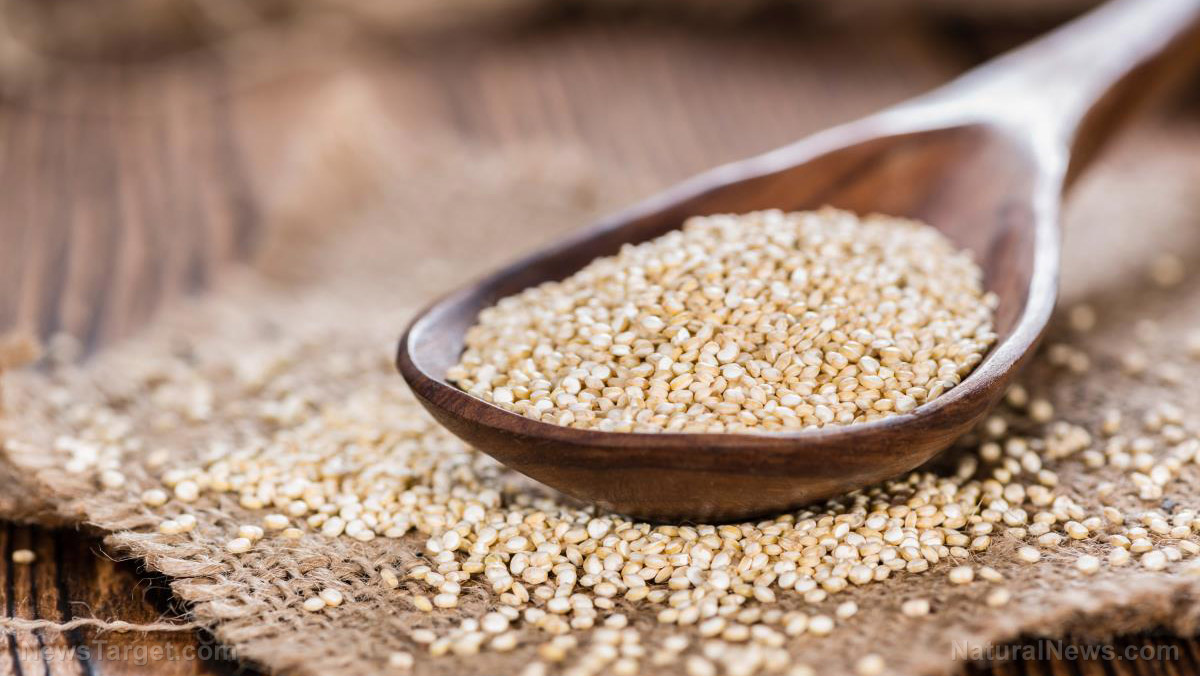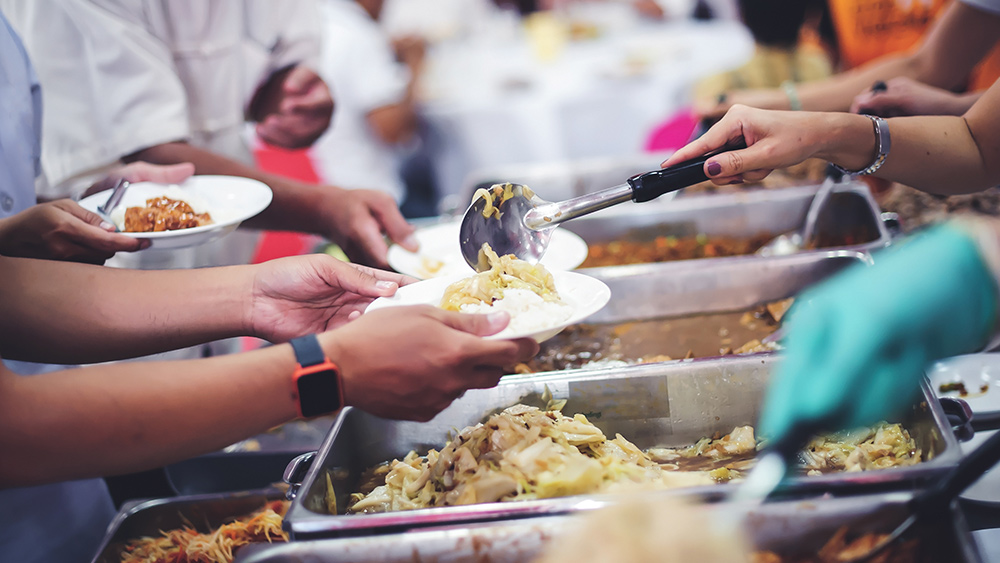Food storage tips: 6 Traditional egg preservation techniques
06/04/2021 / By Zoey Sky

Fresh eggs are a versatile ingredient and a rich source of protein. You can serve them on their own for breakfast or use them to make various baked goods. When SHTF and you lose power, you can use these six traditional preservation techniques to make eggs last longer without refrigeration. (h/t to AskAPrepper.com)
Egg preservation basics
Hens may stop laying or lay significantly less during the winter, but learning how to preserve eggs means you can have eggs even during the coldest time of year. Knowing different methods to preserve eggs also allows you to store them even if you lose electricity during a long-term power outage.
- Pick the freshest, cleanest eggs for preservation. Don’t attempt to store cracked or dirty eggs.
- Don’t wash eggs before preserving them. When hens lay eggs, they’re coated in a protective layer called a bloom that prevents bacteria from entering the egg. Washing chicken eggs will remove the bloom and allow bacteria to enter the egg.
- Test preserved eggs before eating them. Since these traditional methods aren’t foolproof, there’s a chance that some eggs in a batch would go bad. Before eating preserved eggs, do the float test by submerging the eggs in a container filled with cold water. Eggs that sink to the bottom of the container are fine, but those that float have gone bad and must be discarded.
Here are six traditional ways to preserve eggs for your food stockpile.
Oil or fat
Coating eggs in butter, lard or food-grade mineral oil makes eggs last for at least four months. Alternatively, you can use rendered suet, which lasts longer and doesn’t go rancid like butter.
Salt
This method uses salt to kill microbes and soak up moisture. Use a large container like a ceramic pot and add enough salt until you have a thick layer on the bottom of the container. Add the eggs but don’t let them touch one another.
Cover the eggs in at least one inch of salt. If there’s more space in the container, add more layers of salt and eggs. This technique makes eggs taste a little salty. Store the container in a cool, dark corner. This preservation technique will make eggs last for at least six months. (Related: Prepper tips: How to keep your food stockpile safe.)
Shellac or varnish
Coating eggs in shellac or varnish makes them non-porous. Once the eggs are covered in shellac or varnish, place the eggs on wax-proof paper until they’re completely dry.
Wrap the eggs individually in paper and store the shellacked or varnished eggs in a cool place. For best results, use this technique with the salt or wood ash method. This will make eggs last for at least four months.
Slaked lime
Calcium hydroxide is an odorless white powder that’s often used in construction, paper production and sewage treatment. It is also used in food processing and for medical and dental applications. Calcium hydroxide is also called calcium dihydroxide, calcium hydrate, food-grade lime or hydrated lime.
Slaked lime or food-grade lime is the form of calcium hydroxide used in food. When buying slaked lime at a building supply store, look for hydrated lime or food-grade lime.
For this method, you’ll need to place the eggs in a water-tight container like a ceramic pot or a keg with a lid. To make the lime solution, get a small or mid-sized container. Combine one quart of tap water with one ounce of hydrated lime. If you’re using a larger container, use a similar ratio of water and lime. Mix the lime with water and stir until it’s thoroughly dissolved.
Pour the hydrated lime mixture over the eggs until they’re completely submerged in the lime solution. Secure the lid to prevent the water from evaporating. If the container doesn’t have a lid, pour a layer of oil on top. Place the container in a cool location and avoid moving the jar so the eggs don’t break. This method will make eggs last about eight months.
Wheat bran
If you’re using wheat bran, follow the same steps as are listed below for wood ash. Note that using this technique makes the eggs smell a little musty and taste like wheat bran. This method can make eggs last up to six months.
Wood ash
Using wood ash gives eggs a slightly ashy taste, but it’s a small sacrifice to make when you need to preserve eggs without electricity. For this method, you’ll need a large container with an air-tight lid. Pour in enough wood ash to make a thick layer at the bottom of the container.
Add the eggs and leave some space between each egg. Cover the eggs with an inch of wood ash. If the container is large enough, add more layers of eggs and ash. Keep the container in a cool, dark corner but don’t let the eggs freeze. Using this method will make eggs last for at least six months.
Use the techniques discussed above to preserve eggs for your food supply so you’ll be ready in case your homestead loses electricity when SHTF.
Sources include:
Tagged Under: disaster, eggs, food independence, Food Preservation, food safety, Food storage, food supply, homesteading, how-to, off grid, preparedness, prepper, prepping, SHTF, survival, survival food, sustainable living, tips
RECENT NEWS & ARTICLES
FoodStorage.News is a fact-based public education website published by Food Storage News Features, LLC.
All content copyright © 2018 by Food Storage News Features, LLC.
Contact Us with Tips or Corrections
All trademarks, registered trademarks and servicemarks mentioned on this site are the property of their respective owners.





















